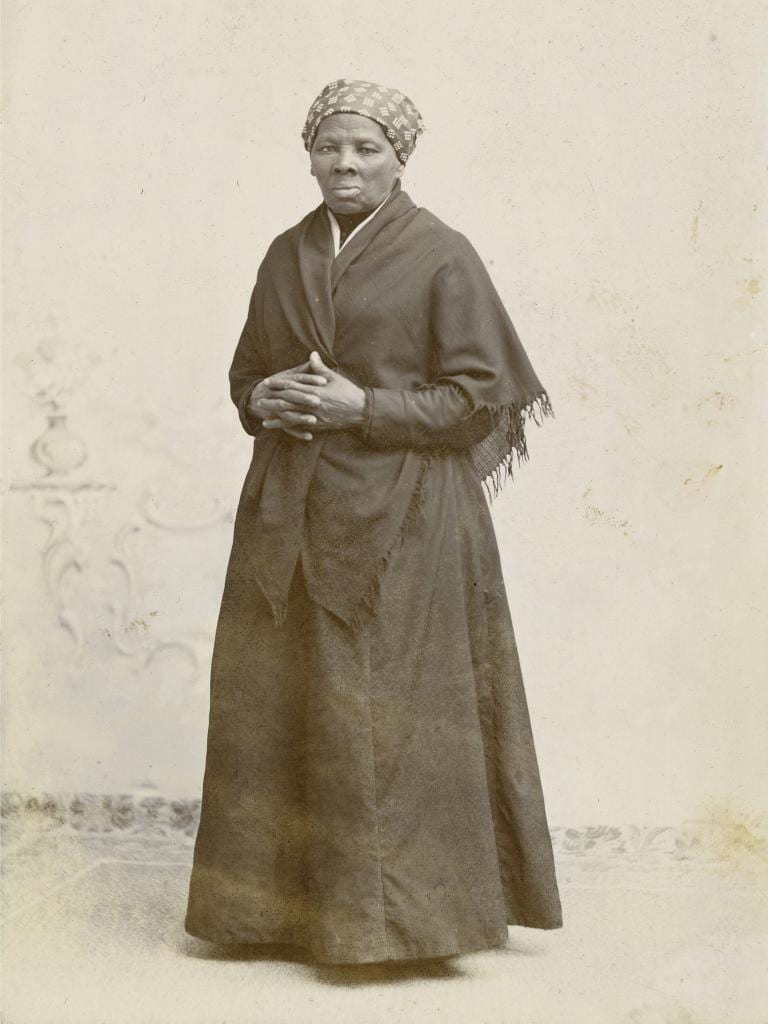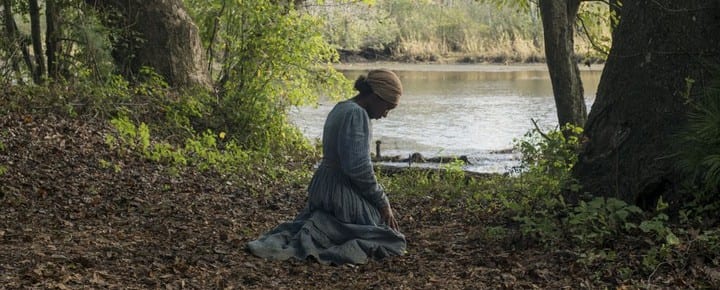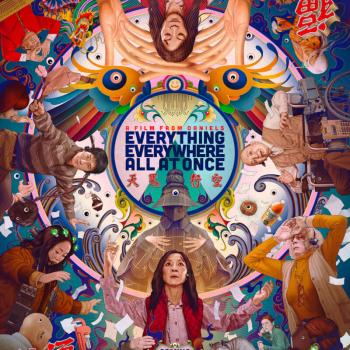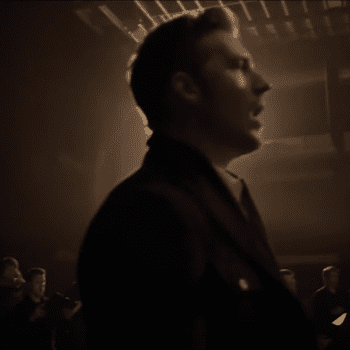The Underground Railroad: the name is exciting—its sense of adventure palpable. Such an obvious subject for a movie, against a backdrop of the most contemptable part of American history. Harriet Tubman is an American hero for our times, and the new movie Harriet (November 1, 2019; Focus Features) is dedicated to making the woman and her deeds as well-known as the “underground railroad” she used to help free so many others.

Tubman re-geared to this new reality. While hers is the name we usually associate with the Underground Railroad, it was really a large network of abolitionists, including many clergy and church congregations, especially Quakers, that had developed paths of escape—networks of safe stops, hiding places, and “conductors” who would help escapees along sections of a route—from slaveholding states and territories to areas outside the authority of the Fugitive Slave Act. Routes extended all the way to the Mexican and Canadian border.
After Tubman rescued family, she continued to help other slaves escape using this network. She returned 13 times in all, helping 70 slaves achieve their freedom. But the Underground Railroad in total helped between 30,000 and 100,000 slaves escape. In 1997, Congress authorized the National Park Service to begin identifying and designating sites across the network.
The exceptional 2013 film 12 Years a Slave, set in the 1840s and based on Solomon Northup’s autobiography, also looks at this period before the Civil War when many blacks lived in freedom in the North, but were never entirely safe from the threat of slavery a few hundred miles away.
Facing the Legacy of Slavery
As our nation struggles to face its legacy of slavery with clearer eyes, Harriet offers to fill in a powerful piece of that history. It does so consciously, but without being preachy. And there is perhaps no better character on which to focus than Harriet Tubman. We’ve all heard of her and the Underground Railroad, but what little we know, we likely learned in elementary school.
Here’s an example: many will be surprised to learn that in 1840s Maryland, approximately half the African-Americans in the state were free, the other half enslaved. Harriet Tubman, a slave, married a free black man who worked for the same family. It was when the owner died, meaning her family would be broken up as slaves were sold off to whoever would buy them, that she decided to escape, saying later: “There was one of two things I had a right to, liberty or death; if I could not have one, I would have the other.”

Later, during the Civil War, Tubman worked with the Union Army, among other things leading an operation called the raid on Combahee Ferry in South Carolina, which freed approximately 750 slaves.
Harriet comes to us from director Kasi Lemmons (Eve’s Bayou), who also co-wrote the screenplay. It is a timey tribute to an American hero all of America should learn more about.












